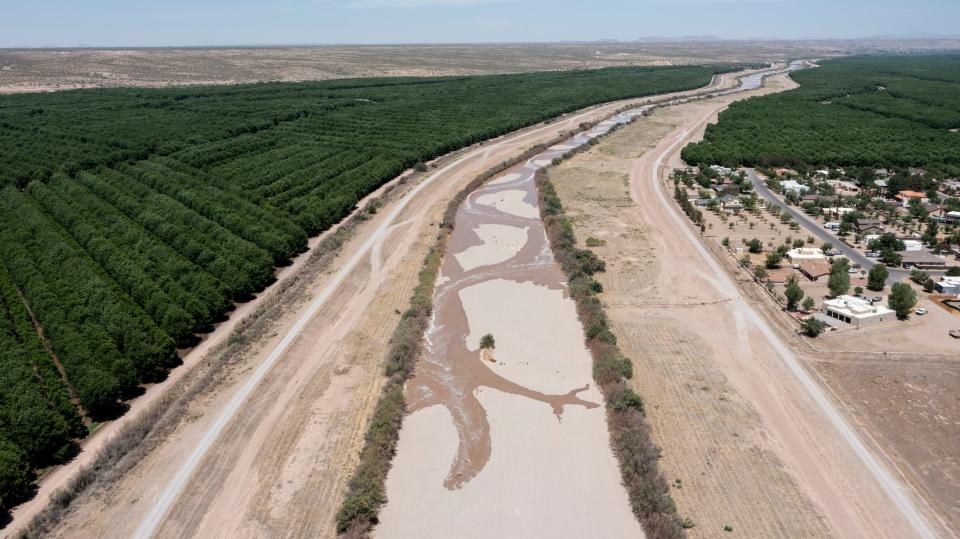September or bust for a settlement in Rio Grande water case
A settlement remains a possibility for ending years of litigation between Texas and New Mexico over Rio Grande water in a lawsuit before the U.S. Supreme Court.
Taxpayers in both states have spent tens of millions of dollars on the litigation. The case sparked from a series of lawsuits over Rio Grande water and escalated with Texas suing New Mexico in 2013, arguing before the high court that New Mexico groundwater pumping south of Elephant Butte Reservoir prevents Texas from receiving its fair share.
An agreement could be signed by the end of the year, attorneys for the United States, New Mexico, Texas and Colorado told the federal judge overseeing the case at a Tuesday status hearing. Colorado is named in the lawsuit because it signed the 1938 Rio Grande compact, which splits the river water between the three states.
“We are meeting almost daily, in one form or another,” said Lee Leininger, an attorney with the U.S. Department of Justice. An agreement could be ready by Sept. 23, he said.
Stuart Somach, the lead attorney for Texas, said the state would like to finalize part of the settlement sooner, telling the judge that Texas would consider pulling out of negotiations to prepare for a trial if no agreement on “decree issues” is reached by Aug. 8 — namely the core issue of Texas’ water allocation.
Somach reiterated that Texas has “no willingness to proceed with a settlement that links the settlement with New Mexico state legislative approval.”
Most of the parties — and the related interests, which include the cities of El Paso and Las Cruces and area irrigation districts — were optimistic the settlement would prevent additional litigation costs.
If the settlement falls through, Somach requested that the special master, U.S. Circuit Judge Michael Melloy, set a trial date for as early as November.
Jeff Wechsler, lead attorney for New Mexico, disagreed that a trial would need to happen so soon, offering a date of April 2023. He said negotiations were still ongoing, and that talks between the federal government and southern New Mexico’s irrigation district are crucial to the larger settlement success.

“The settlement doesn’t work unless everybody’s concerns are addressed,” Wechsler said. “We continue to think that there’s a very clear path forward and we remain hopeful.”
Settlement talks have been in the works for the past six months. Groups in negotiations include the states’ attorney generals, the Las Cruces and El Paso city governments, irrigation districts from Texas and New Mexico, farmers’ advocacy groups and New Mexico State University.
The talks began after the first phase of what was expected to be a two-part trial. The virtual trial spanned three weeks in October 2021.
The in-person phase, which was slated to start this October, has been postponed indefinitely.
Melloy did not set a new trial date Tuesday. Instead, the judge requested that the parties meet for another status conference in approximately four weeks. That hearing date has not been officially set.
“I think everybody agrees it is either something in writing and final form by Sept. 23, or all bets are off,” Melloy said.
More:Juárez water utility under pressure to stop raw sewage from entering Rio Grande
This article originally appeared on Corpus Christi Caller Times: September or bust for a settlement in Rio Grande water case

